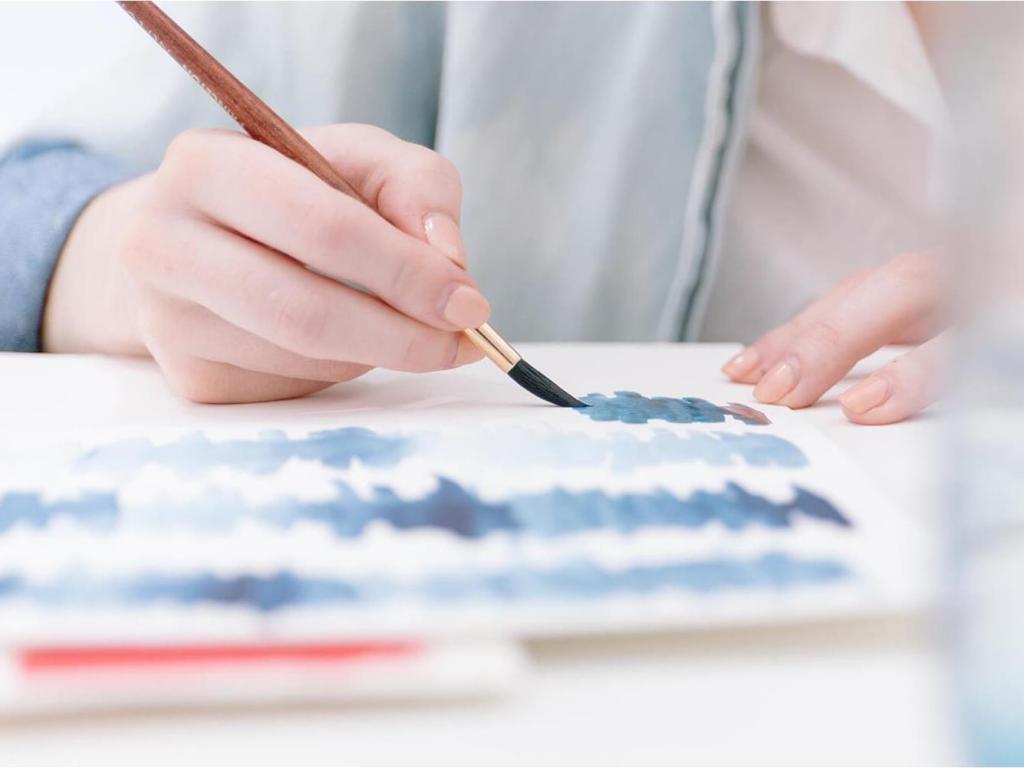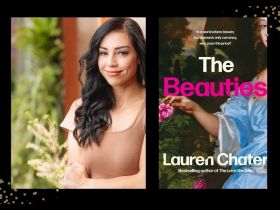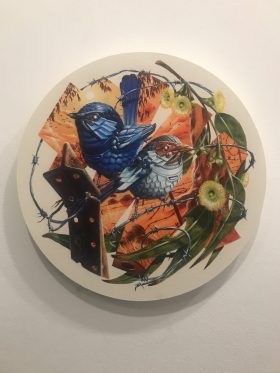Image: supply.
One of the early activities that students do in the Bachelor of Arts Psychotherapy at IKON Institute of Australia involves experimenting with different media. The exercise is not simply a matter of learning different techniques, rather students seek to understand the kinds of human responses that come from contact with clay, working a brush, or organising a collection of found objects.
Dr Kay Gravell, Head of Faculty in Creative Arts Therapies at IKON Institute of Australia, finds this sense of the power of a given medium is a core skill for art therapists. While responses to a medium are intensely personal, understanding the potential allows art therapists to make the most of each as a tool.
‘Students spend a lot of time thinking about how they might apply that learning to working with different clients,’ she said. ‘For instance, clay can be quite a powerful medium to work with. It’s very sensory and can often be very useful in working with trauma. But art therapists are aware of the power of clay in terms of triggering deep responses, so we would be a bit more careful about offering it in the first session.’
Learn more about arts psychotherapy with this free webinar from IKON.
Gravell said the aim of arts therapy education is to enable students to use the techniques to help each client in an individualised way. ‘It is about understanding the process of art making and having some very particular techniques and processes that bring about insight and knowledge,’ she said.
Art therapists often analyse the language a client uses to work out what media might be useful for them to work with. ‘If they were talking about wanting to “construct” a greater sense of where their career is going, well maybe they can look at constructing some sort of sculpture that might help with that. Or if they are looking like they might want to get some certainty or clarity about something, we might offer the client textas, which allows you to develop more clarity.’
The art therapy classroom needs to be small, interactive and experiential. ‘We do a lot of art making to really put into place the knowledge that you’ve learnt. So really mimicking what’s going to be happening in the field when you’re a practitioner. We do a lot of clinical practice in class so that students have a lot of practice in how they engage with clients and how they integrate their art therapy practices and processes into that approach,’ said Gravell.
Growing career opportunities
Gravell said with new insights into the mental and physical health benefits of the arts, art therapy is a burgeoning career. There are opportunities to work in a range of health, aged care, educational and community settings.
‘You can work with different client groups, children, adolescents, adults, people in aged care with dementia – that’s a growing area because when working with people who have dementia you can use expressive arts like music, or even making biscuits.’
‘The basic rationale for art therapy is that we are really using all of our senses to connect with wisdom that’s held in our bodies. So sometimes, with a person who has dementia, they may have lost words and memories but maybe the connection of rolling out some dough might be able to take them back to an experience and with that memory, give them a better sense of who they are or where they are.’
Extending your skills
Art therapy can be studied at both diploma and degree level.
At IKON, the Advanced Diploma offers education in art therapy with a focus on visual arts. The Bachelor Degree and Graduate Diploma in Arts Psychotherapy offer a broader curriculum, encompassing drama, voice and movement as well as visual arts.
But with recent cuts to vocational courses eligible for funded support in the form of student loans, the recent news that eligible students can now access FEE-HELP to assist with the payment of tuition fees for the Bachelor of Arts Psychotherapy comes at the right time.
The degree course also provides a broader contextual education. ‘We look at art in terms of social change, so not only can you work with individual clients in terms of art therapy, but you can also work in a community development way. So you might be doing projects with refugees or people who are homeless, which might feed into changes in policy or programs that give people a voice,’ explained Gravell.
In both cases, the focus remains on experiential learning which in turn delivers a professional life focused on the power of the visceral experience.
‘As adults, we become very controlled and rely on our intellectual and rational sides to solve issues, but art therapy is saying “no, that’s not always the best way”. We actually want to tap into our imagination and our intuition and our bodily experience for healing.’
Interested in learning more about arts psychotherapy? IKON is running a free webinar on 10 January. Register here: https://attendee.gotowebinar.com/register/272834293672419843





